My hometown Ke Sach District ( Soc Trang ) lies peacefully on the banks of Hau River. For generations, the villagers have been attached to their gardens and rice fields thanks to the protection and love of the mother river. Although sometimes empty, sometimes full, sometimes gentle, sometimes angry, the river is still the sweet milk that nourishes the lives of many generations.
In the past, each year the river had two distinct seasons: the dry season and the flood season. The peak flood season usually started from July to October of the lunar calendar. If in the dry season the water source was very little, poor in alluvium, and the water was crystal clear, then in the flood season the water from upstream poured down very strongly, the water changed color, became turbid, the color of alluvium nourishes the soil, and also brought along an abundant source of shrimp and fish to feed people.
Scooping goby eggs during flood season. Photo: QUACH TAN THUAN
In recent years, the flood season has weakened, and the alluvium in the water is not fertile. The soil lacks alluvium, the soil loses its vitality, and the erosion situation is becoming more and more serious. Farmers have to spend more money to improve the soil, but the crop yield has not improved much. The water lacks alluvium, the water is poor in shrimp and fish, and the river is also sad without boats.
This year, the flood season came early, bringing joy to the people of my hometown. It was only the beginning of the sixth lunar month, but the water level had already turned red, a sign of a beautiful flood season. According to the elders in my hometown, a year when the water level turns red early means that there is less drought and saltwater intrusion, the weather is also favorable for farming, raising livestock, and the crops are lush.
I remember when I was a child, my hometown still grew rice twice a year. After harvesting the Summer-Autumn rice crop at the end of the fifth lunar month, farmers let the land rest. Waiting until the seventh lunar month when the water flooded the fields, they started plowing and soaking the land in water for a whole month so that the land would be full of alluvium to prepare for the next rice growing season. During this time, both people and land were free, so people in my neighborhood often invited each other to go fishing, set nets, and hunt field mice to improve their meals. Sometimes, there were too many to eat, so they brought them to the market to sell to earn some money to save up to buy books for the children to prepare for the new school year.
While the people on the mainland wait for the flood season every day, the people on the islets are anxious when the water comes. Because in the dry season, everything looks normal, the dike is as high as the roof of the house and very sturdy, but in the flood season, the water is almost at the edge of the bank, just a big wave can cause the water to overflow the dike, more dangerously, it can cause the dike to break, at that time everything will be submerged in water. Therefore, every year when the flood season is about to come, the people on the islets gather together to protect the dike, caulk the soil to preserve the green color of the islets.
The beautiful flood season also creates a livelihood for many people during their free time. If the upstream provinces are rich in aquatic resources, especially the famous young linh fish, then in my hometown Ke Sach there is a special fish that is no less competitive, only appearing during the flood season, which is the egg goby.
There are many types of goby fish such as: coconut goby, sand goby, star goby... These types can be caught all year round, but egg goby can only be found in abundance during the flood season. Normally, we don't know where they live, but whenever the water from upstream flows strongly, the water is rich in alluvium, the egg goby will follow. The way to catch this type of fish is also very special, usually only taking place at night when the water is low. The fisherman only needs to prepare a boat, a net to scoop the fish along with a light. Egg goby fish often float on the water surface, clinging to leaves, grass or water hyacinth, the fisherman only needs to anchor the boat in one place to scoop the fish. Although scooping fish only takes a few hours, for those with a lot of experience, each night can earn millions, not a joke.
So, the flood season, although just a normal phenomenon of nature, but for those who were born and raised by the rivers, it has become something familiar like flesh and blood, inseparable from life. The river water is sometimes full, sometimes low, and human life is increasingly improved, only the alluvial particles have been diligently nurturing the land and people for thousands of years, loyal and faithful.
QUACH TAN THUAN
Source: https://www.baosoctrang.org.vn/van-hoa-the-thao/mau-phu-sa-thuong-nho!-75327.html


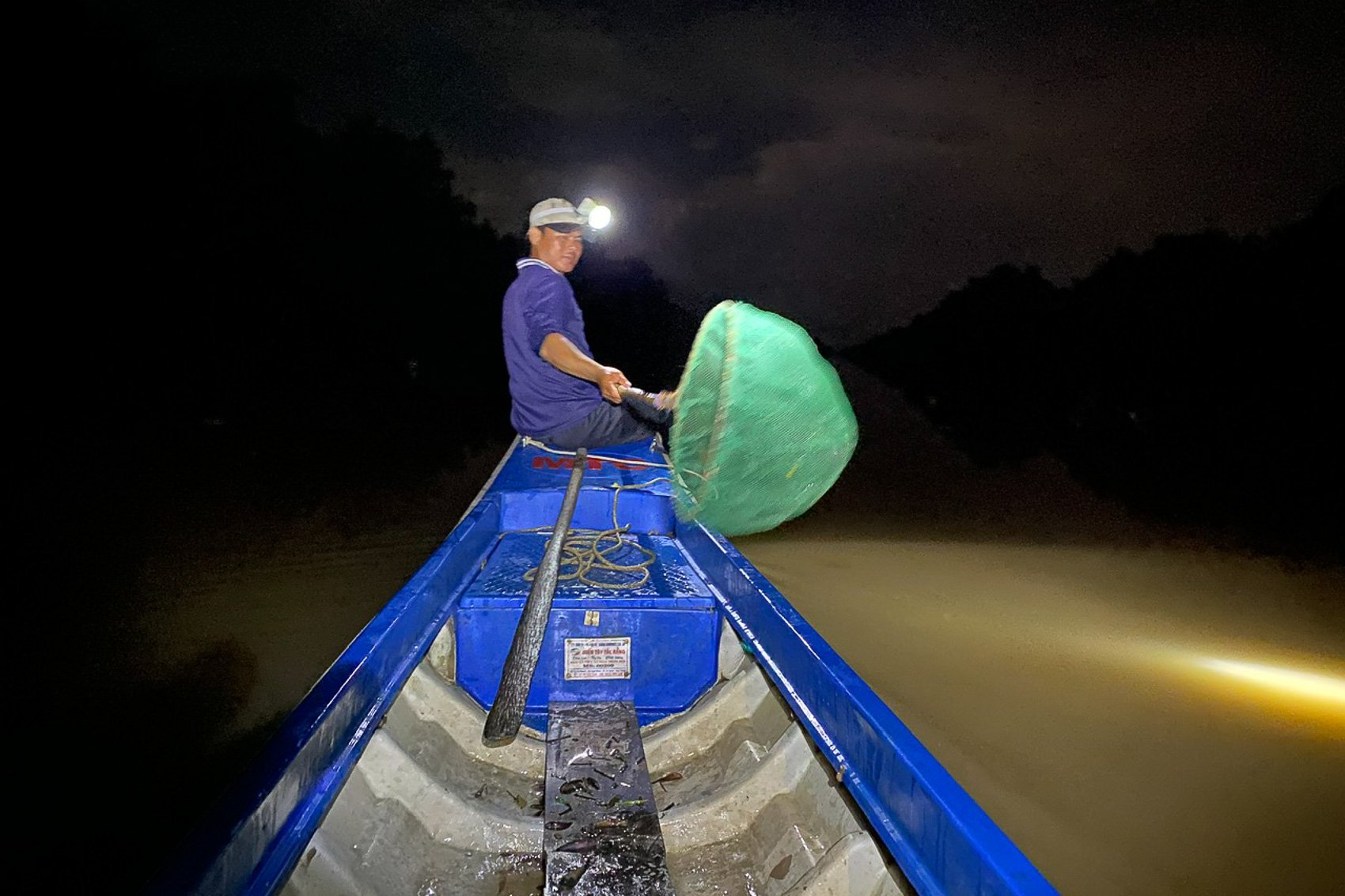

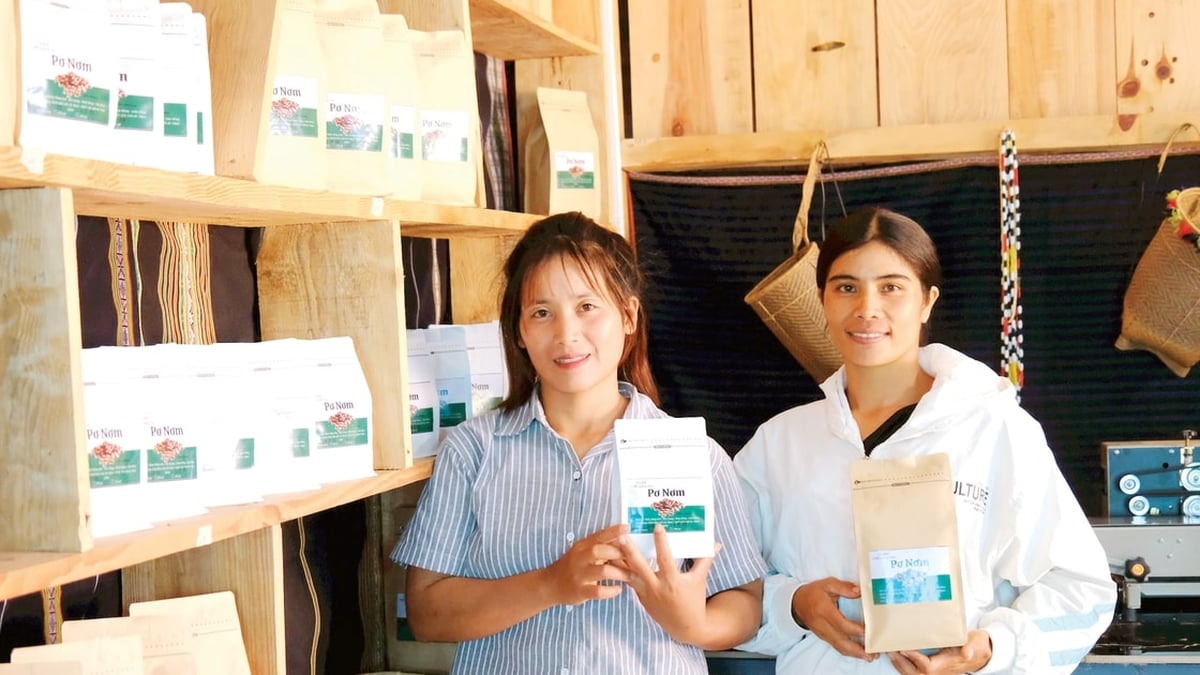
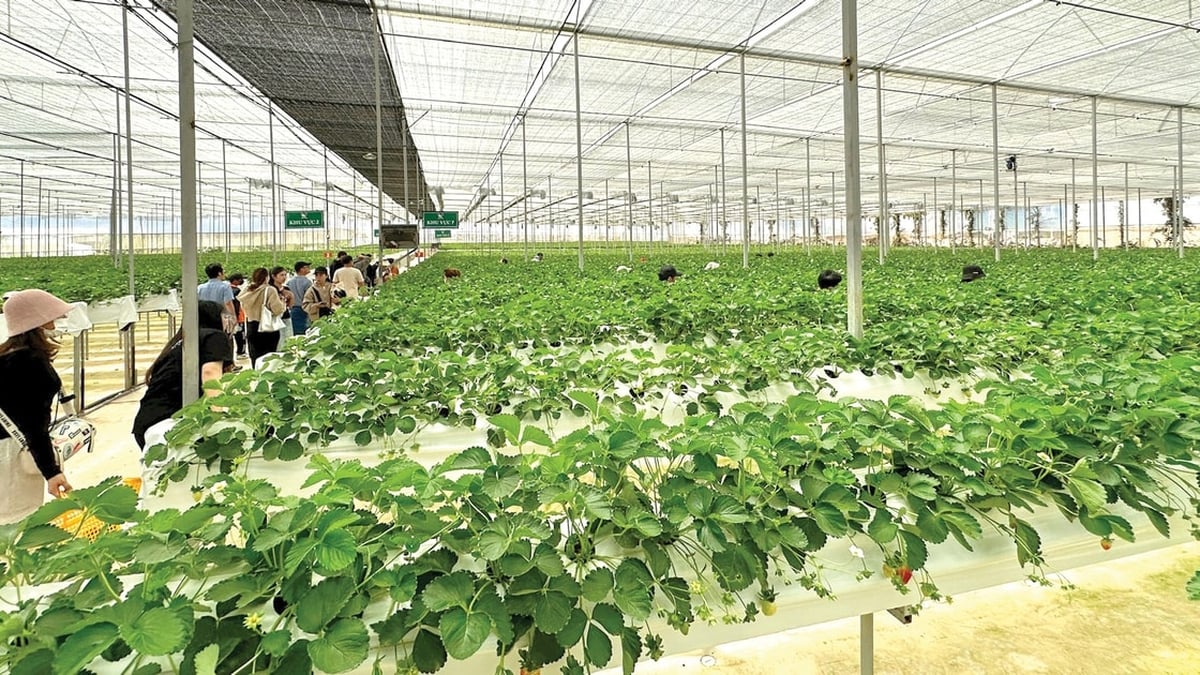
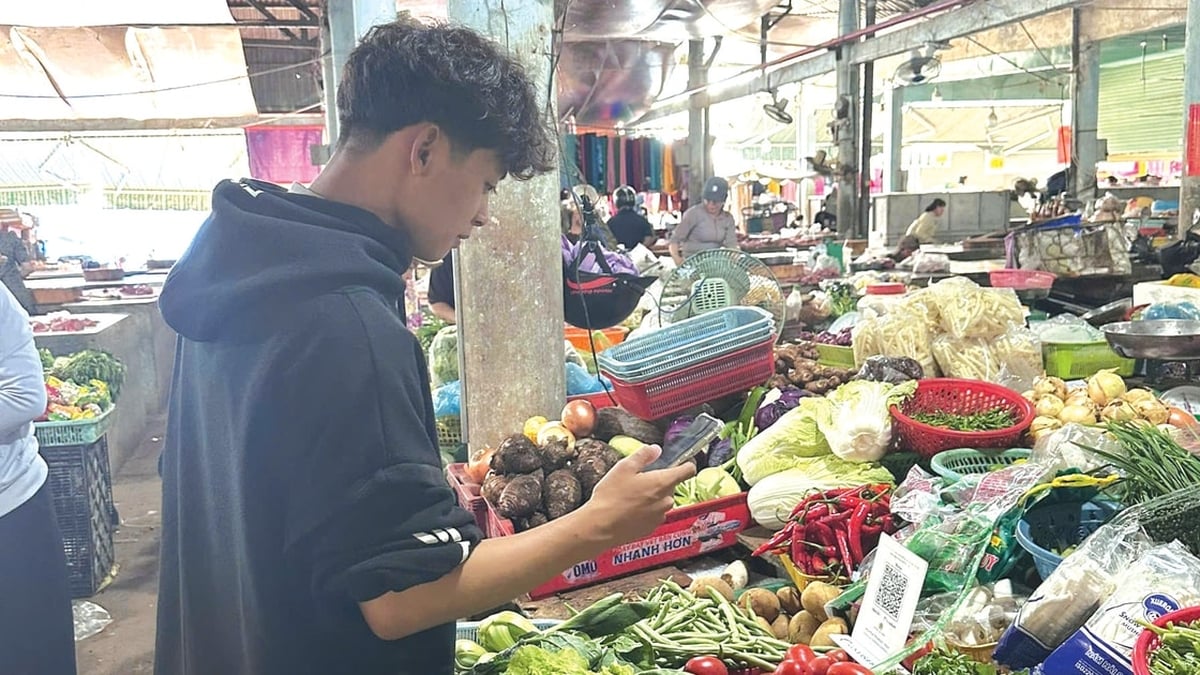
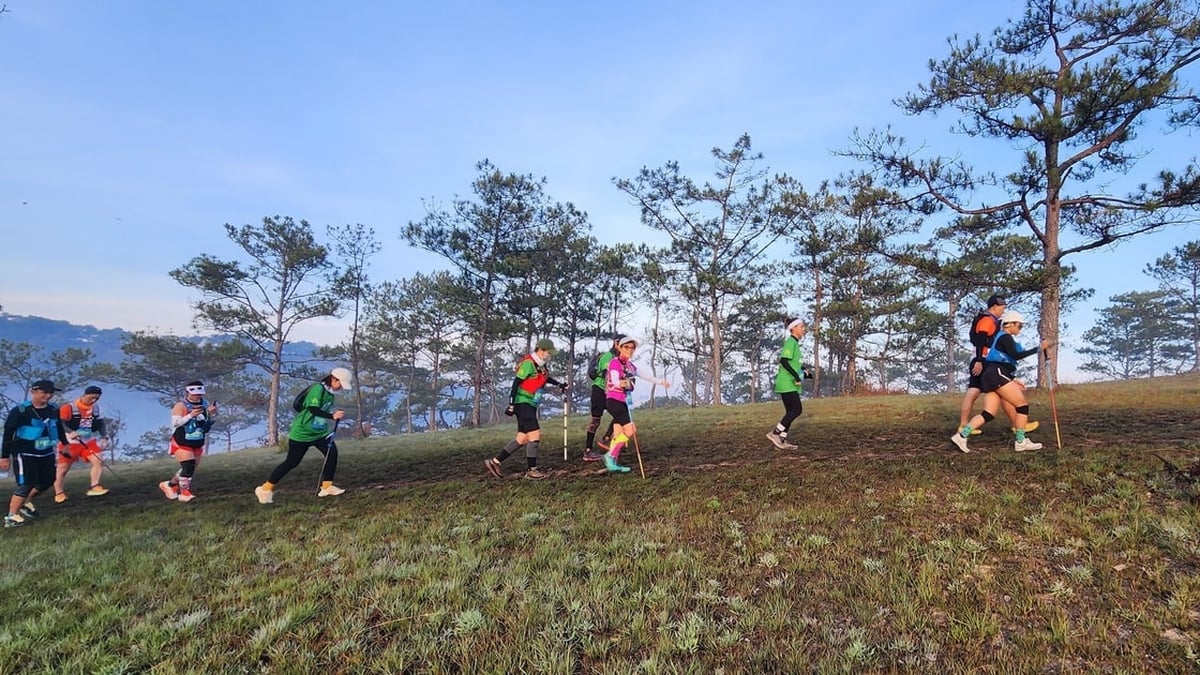
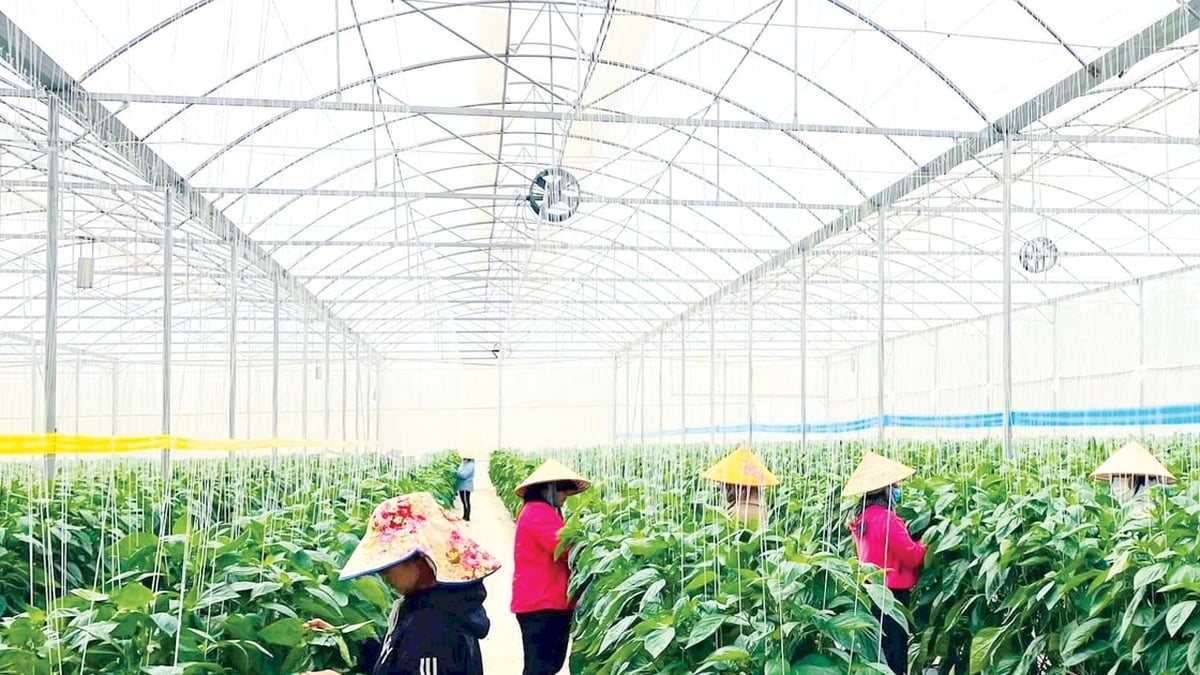
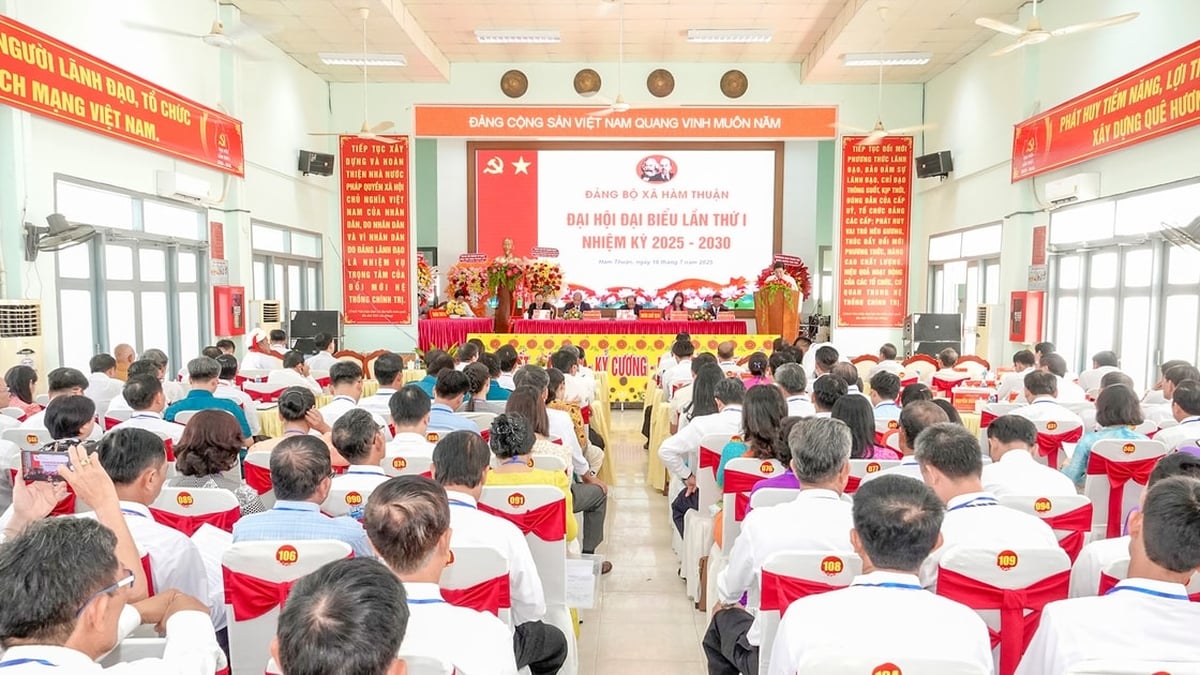

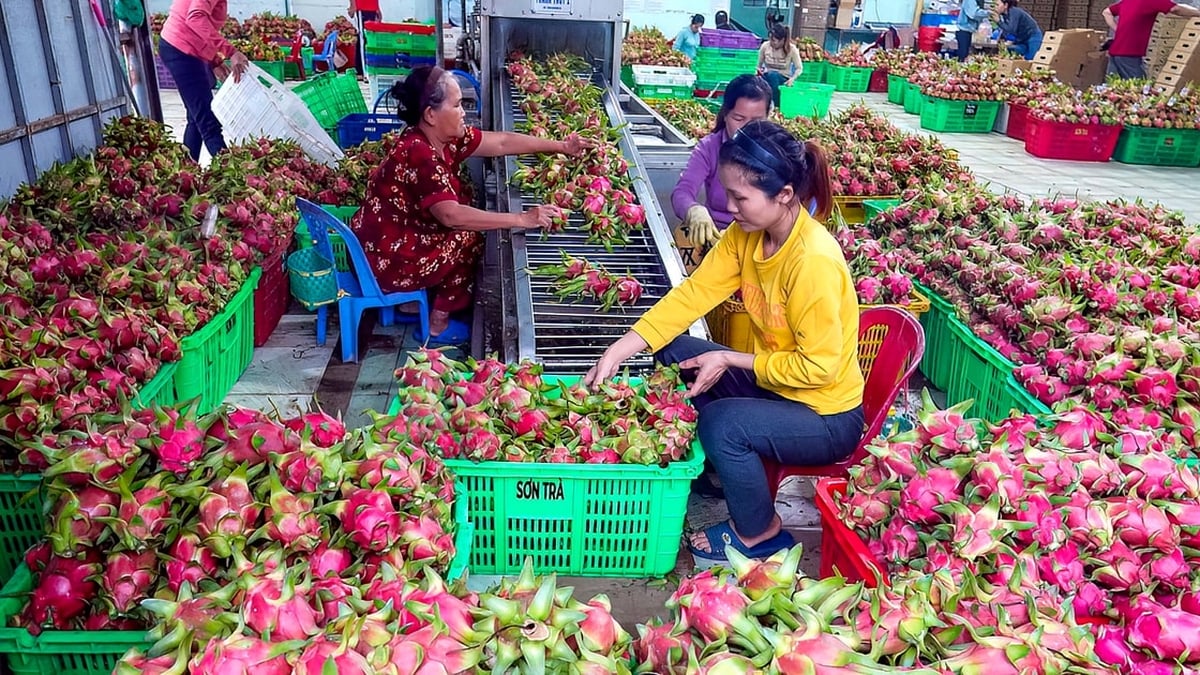


















































































![[Infographic] In 2025, 47 products will achieve national OCOP](https://vphoto.vietnam.vn/thumb/402x226/vietnam/resource/IMAGE/2025/7/16/5d672398b0744db3ab920e05db8e5b7d)





Comment (0)